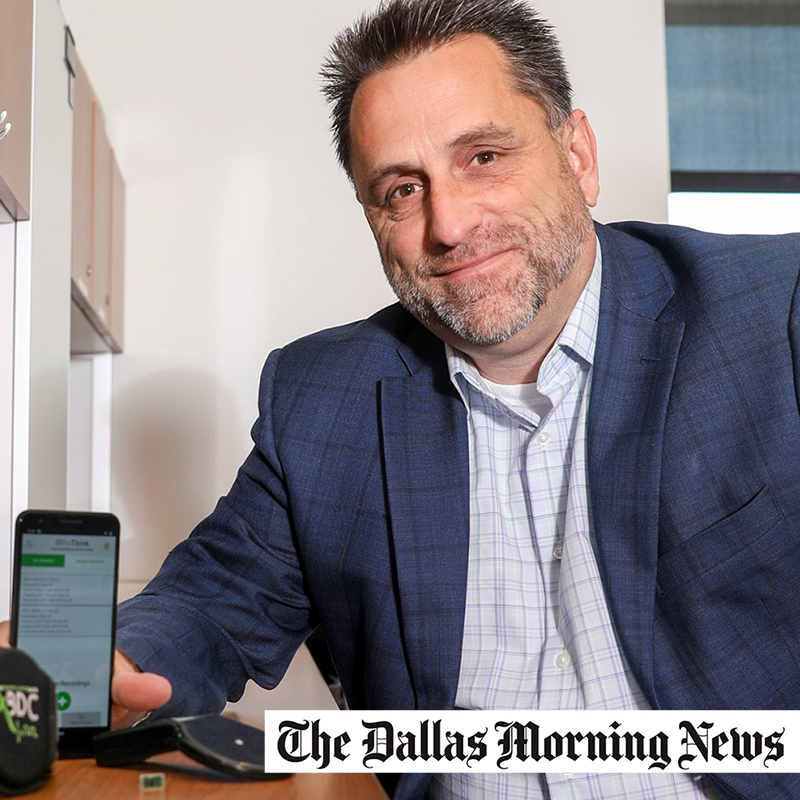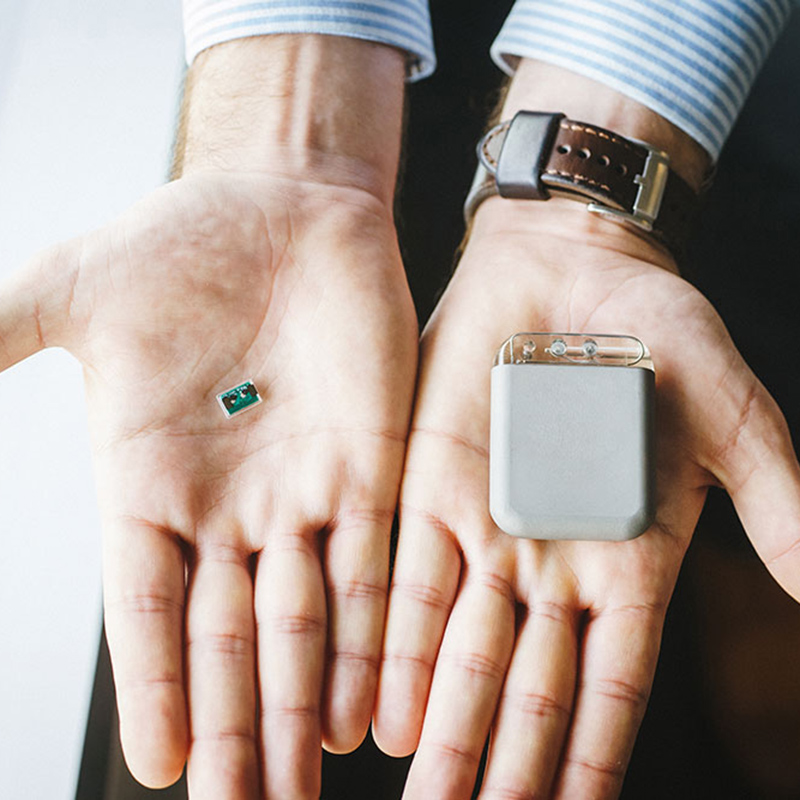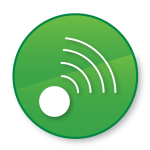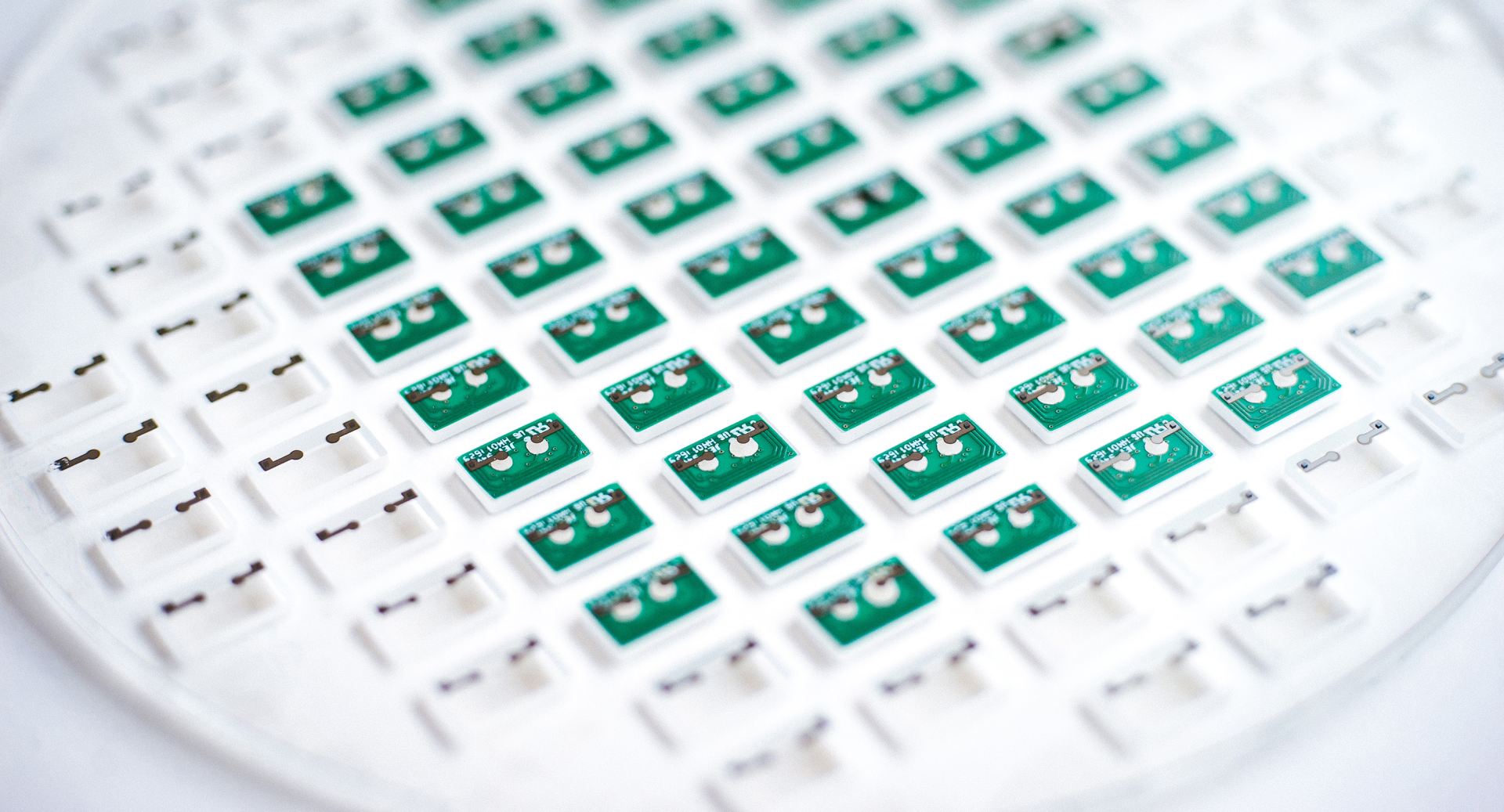

Texas Biomedical Device Center
at The University of Texas at Dallas
We develop technologies to prevent injuries, detect impairments, and restore quality of life lost due to neurological injuries and disease. Our center is committed to the development of affordable and innovative therapies and technologies.
Our researchers at the Texas Biomedical Device Center have developed a therapy to help neurological injury patients fully reengage in life. This therapy uses stimulation of the vagus nerve during rehabilitation to rewire neural circuits, dramatically improving recovery. We call this approach Targeted Plasticity Therapy (TPT). TxBDC researchers are at the forefront of investigations into neuroplasticity and its role in the development of a wide range of therapies for disorders including stroke (FDA approved), tinnitus, spinal cord injury (SCI), traumatic brain injury, PTSD, and peripheral nerve injury.
Targeted Plasticity Therapy has the potential to revolutionize the treatment of neurological injury and disease.
Now accepting applicants for clinical trials in stroke, PTSD & SCI.
Learn more online or call 972-883-7284.
Recent News
How does targeted plasticity therapy work?
Rehabilitation activates weak neural connections. Vagus nerve stimulation releases chemicals in the brain that strengthen the active neural connections. By pairing rehabilitation with vagus nerve stimulation we can strengthen specific neural connections. In doing so, we rewire the brain and enhance recovery.
ACTIVATE: Rehabilitation activates weak neural connections.
RELEASE: Vagus nerve stimulation releases neuromodulators.
REWIRE: Neuromodulators rewire neural connections.
RECOVER: Strengthened neural connections enhance recovery.
Targeted Plasticity Therapy can improve function irrespective of the type of injury. This figure shows Targeted Plasticity Therapy significantly enhances recovery following ischemic stroke, hemorrhagic stroke, traumatic brain injury, spinal cord injury and peripheral nerve injury compared to rehabilitation alone. Read more about our research.
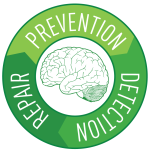
The Texas Biomedical Device Center has developed a wireless implantable device that is used to deliver precise electrical stimulation to the vagus nerve during rehabilitation. This causes the release of neurotransmitters critical for learning and memory. The neurotransmitters strengthen the connections in the brain that allow you to complete a task. When vagus nerve stimulation is paired with traditional rehabilitation using the TxBDC home therapy applications below, patients can improve their recovery from almost anywhere. Read more about the Wireless Vagus Nerve Stimulator.
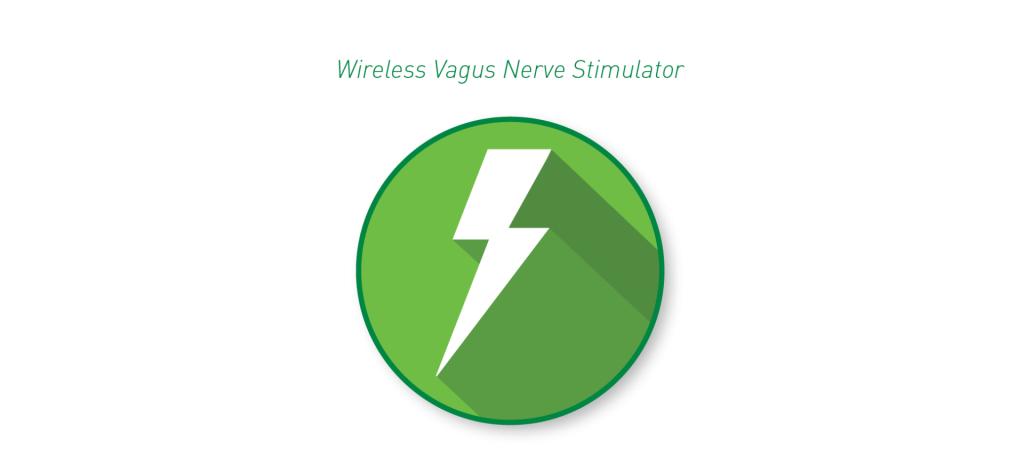
for PTSD
ReThink technology activates vagus nerve stimulation during exposure therapy to reduce the fear response in PTSD patients. The patient uses a smartphone app to listen to weekly recorded therapy sessions while receiving vagus nerve stimulation from the comfort of home.
VIDEO: ReThink Technology for PTSD
for Upper Limb Recovery
RePlay technology guides recovery of hand function after a brain or spinal cord injury. This therapy, which can also be done at home, allows patients to play fun and engaging video games that become more challenging as they improve. Hand movements are monitored as patients play the games, triggering stimulation of the vagus nerve.
VIDEO: RePlay Technology for SCI
for Lower Limb Recovery
RePair technology guides the recovery of leg movements after a brain or spinal cord injury. The patient wears sensors on their legs to monitor movements and trigger the vagus nerve stimulator. This technology allows patients to improve leg movement using an app on their smartphone during normal daily activities.
VIDEO: RePair Technology
for Tinnitus
ReLief technology treats tinnitus by playing sounds paired with vagus nerve stimulation. Tinnitus can be caused by hyperactive areas in the brain, which can generate the perception of sound. By pairing sounds above and below the tinnitus frequency with vagus nerve stimulation we are able to shrink the hyperactive part of the brain.
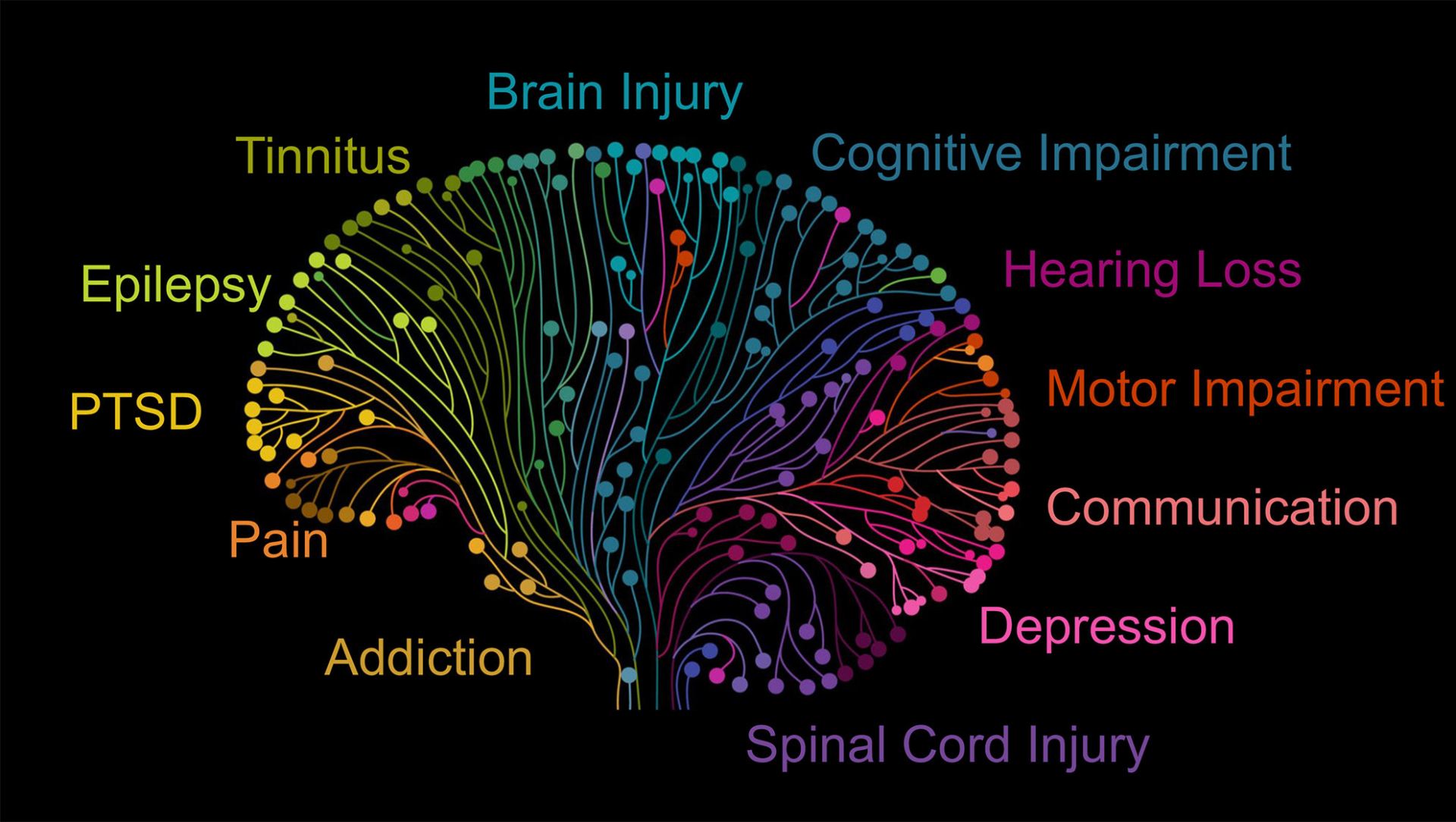
Unlimited Possibilities with TPT
This therapeutic platform has transformative potential to treat a vast range of neurological disorders.

